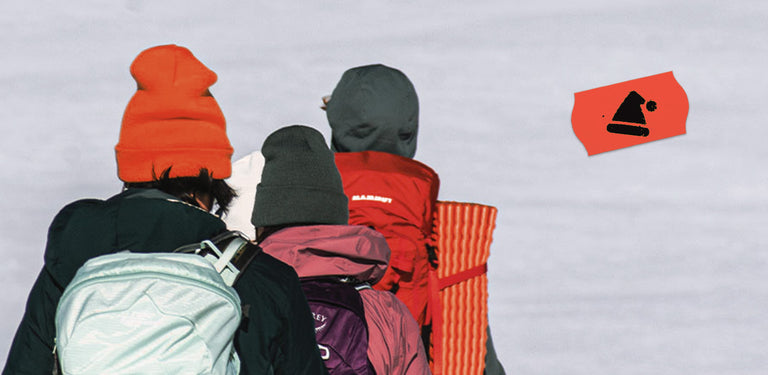what layers do i wear to the snow?
Wearing the right layers underneath your ski or snowboard jacket willmake the world of difference. There are two layering systems that werecommend here at Rhythm and they are the 3 layer which consists of athermal, a mid layer and a jacket.
Then there is the 4 layer system, which we recommend when wearing ashell and it consists of a thermal, a mid layer, an insulator and theshell jacket.Depending on what kind of jacket you have will greatly affect thatlayers you should wear. Let’s start with the 3 layer system.
3 LAYER SYSTEM
4 LAYER SYSTEM
If you do get cold or it's a really cold day, you may need to add anextra layer. Or, if you wear a shell, it would be good to add anotherlayer and that takes us to the 4 layer layering system! What is ashell?It can either be a hard shell, which feels more like a raincoatand it only 1 layer or, a softer feeling jacket that has no insulation.It may have a liner, but when you rub the fabric between your twofingers, you will feel no padding.Extra Layer:This layer will be aninsulator. This can either be a poly-fill or down layer that islightweight and not too bulky. Down is much warmer than poly-fill butit's also more expensive however it packs down smaller and is lighter.For this layer, look for something that doesn't have a hood. Dependingon what you prefer, you could use a vest or a jacket. If you do get toohot, you can always lose a layer or open up your vents to cool yourselfdown.Once you've got your insulator, you're ready for your jacket again.Now, depending on the weather, you can also mix and match these layersto find the best combination for you. These are just the combinations Iknow work for me but they are also the easiest. If you're going into thebackcountry, you might want to wear just your baselayer and a shell. Ifit's really cold, you could add another baselayer. In the end, all Ican say is, keep it simple if you've got an insulated jacket, go for 3. If you wear a shell, go for 4.
Article and Video by Aurora Braid. After 10 seasons back to back Aurorahas all the snow tips you could need. Watch for more blogs from Auroraand check out her Youtube channel. If you didn't want to head to Japan before you will want to after watching a couple of clips!
For tips on your Snow Sport equipment stay in touch with us
















